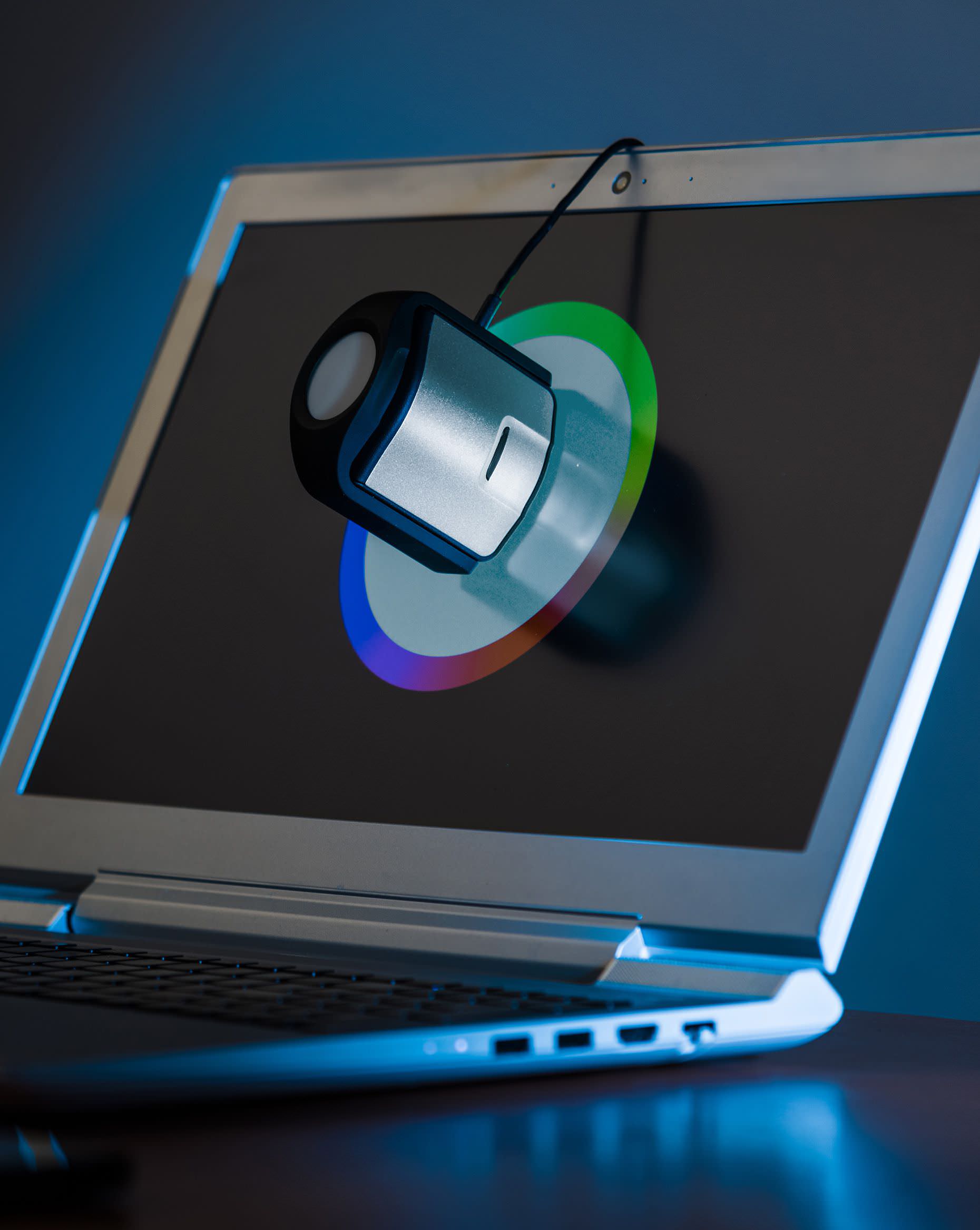Denemek ALTIN - Özgür
How To Color Calibrate Your Monitor To Your Printer
PC Magazine
|November 2018
Since the early days of desktop publishing, photo editing, and graphic design, professionals, budding professionals, and hobbyists alike have had to deal with color shifts—seeing one color on a monitor but getting different results when the document, photograph, or artwork prints. Red fruit on a monitor, for instance, comes out orange, chartreuse, neon, or plastic looking bright red.

Why? The simplest answer is that monitors and printers see colors differently. In other words, they use different color models to produce the same hues. Monitors combine red, green, and blue (RGB) to display the colors you see, while most printers combine cyan, magenta, yellow, and black (CMYK) to reproduce colors.
It’s important to note that many photo printers start with the basic CMYK process color model but deploy as many as 12 ink colors. The more colors you tack on to your color model, the wider the range of colors (known as the color “gamut”) the device can reproduce, and the more difficult it becomes for monitors and printers to output matching colors.
YOUR EQUIPMENT
Whether you’re a professional desktop publisher, photographer, graphic artist, novice, or hobbyist, the quality of your equipment is important. In fact, if you’re a professional—and your living is dependent on the quality of your work—you should buy the best equipment you can afford.
Everyday displays that cost $200 to $500 aren’t really designed for photo editing and design work. Their manufacturers assume that you’ll be doing mostly basic office tasks, such as running Microsoft Office programs, reading and writing emails, and following social media.
Bu hikaye PC Magazine dergisinin November 2018 baskısından alınmıştır.
Binlerce özenle seçilmiş premium hikayeye ve 9.000'den fazla dergi ve gazeteye erişmek için Magzter GOLD'a abone olun.
Zaten abone misiniz? Oturum aç
PC Magazine'den DAHA FAZLA HİKAYE

PC Magazine
AUDIO
AUDIO
1 mins
December 2022

PC Magazine
SMART HOME
SMART HOME
3 mins
December 2022

PC Magazine
T Mobile
Mobile
2 mins
December 2022

PC Magazine
Lenovo Legion 5 Pro Gen 7 (2022): Nearly an Editors' Choice
A solid gaming laptop for under 2,000
6 mins
December 2022

PC Magazine
Apple TV 4K 3rd Generation): Best for the Apple-Centric
A powerful, feature-rich media streamer that’s pricier than most
7 mins
December 2022

PC Magazine
20 Tips for Leveling Up Your Work-at-Home Game
Whether you're new to working remotely or just looking fo do if beffer, fhese fips can help you stay productive and maintain balance.
13 mins
November 2022

PC Magazine
12 Google Calendar Tricks You're Probably Not Using
Wondering how to share your Google Calendar? Want to add a new calendar? Here are the tips you need.
6 mins
November 2022

PC Magazine
SimpliSafe Home Security System: Affordable Ease of Use
Affordable security with a focus on flexibility
11 mins
November 2022

PC Magazine
Honda Unveils First All-Electric SUV, Built on GM's Battery Platform
The Honda Prologue battery-electric SUV arrives in 2024 and will use the Ultium battery technology developed by General Motors.
2 mins
November 2022

PC Magazine
We Must Save Streaming Video Before It’s Too Late
A generation of art risks extinction if the companies that own streaming services don’t believe their vast libraries are worth preserving. We have to act now to save it.
5 mins
November 2022
Translate
Change font size
